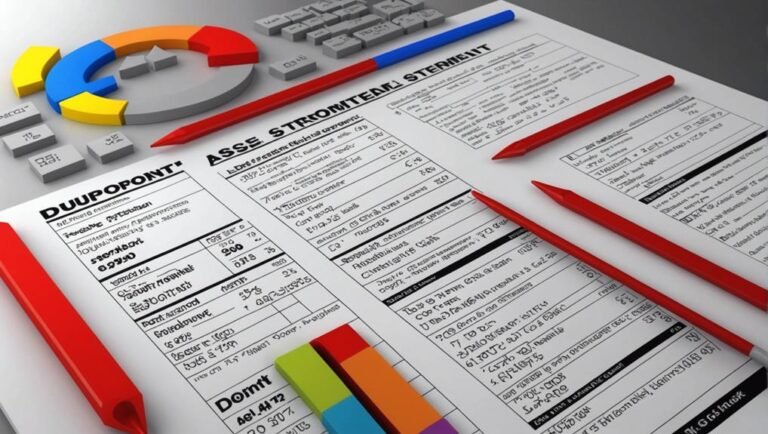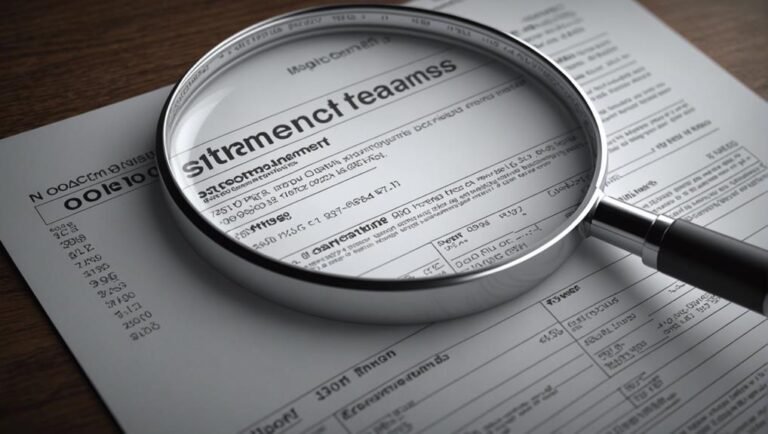Automatic Bill Payment: What It Is, How It Works, Pros and Cons
Automatic bill payment has become a prevalent method for managing financial obligations efficiently. Understanding the nuances of this automated system, including its benefits and drawbacks, is essential in maneuvering the complexities of personal finance. By grasping the intricacies of how automatic bill payment functions, individuals can make informed decisions about whether this tool aligns with their financial goals and risk tolerance. Exploring the mechanics behind automatic bill payment sheds light on its impact on budgeting and financial responsibility, prompting a deeper consideration of its role in modern money management practices.
Key Takeaways
- Automating bill payments simplifies recurring expenses and ensures timely payments.
- Process involves linking a checking account, utilizing electronic systems like ACH for payments.
- Benefits include convenience, avoiding late fees, improving organization, and potentially saving costs.
- Risks include bounced payments, oversights leading to incorrect charges, and challenges in cancellation.
- Effective management, monitoring, and maintaining adequate funds are crucial for successful automatic bill payments.
Definition of Automatic Bill Payment
Automatic bill payment refers to the process of scheduling money transfers on predetermined dates for recurring bills. This method offers several advantages to consumers.
One key benefit is the ease of payment, as it eliminates the need to manually initiate transactions each month. Additionally, automatic bill payment helps individuals avoid late payments, which can negatively impact their credit scores.
To guarantee smooth operation, it is vital to follow best practices when setting up automatic bill payments. These include regularly monitoring account balances to make sure sufficient funds are available, reviewing payment amounts for accuracy, and maintaining awareness of any potential fees associated with this payment method.
How Automatic Bill Payment Works
Scheduling money transfers on predetermined dates for recurring bills involves setting up a system that automates payments for various financial obligations. Setting up automatic bill payment typically begins with linking a checking account to the billing company or service provider.
Payment processing is facilitated through electronic systems like the Automated Clearing House (ACH), allowing for seamless transactions on specified dates. This setup streamlines the process of making routine payments such as mortgages, credit card bills, and utilities.
Pros of Automatic Bill Payment
Setting up automatic bill payment offers numerous advantages for individuals looking to streamline their financial obligations.
One of the key advantages is the convenience it provides by eliminating the need to manually make payments each month. This automation guarantees that bills are paid on time, helping to avoid late fees and maintain a positive credit score.
Additionally, automatic bill payment can lead to improved financial organization as it simplifies the bill-paying process and reduces the risk of overlooking payments.
From a financial perspective, setting up automatic bill payment can also result in potential cost savings by avoiding late fees and penalties.
Cons of Automatic Bill Payment
While automatic bill payment offers various advantages in streamlining financial obligations, it is important to take into account the potential drawbacks associated with this payment method.
Potential risks of automatic bill payment include bounced payments due to insufficient funds, which can result in fees and possible damage to credit scores. Payment oversights are also a concern, as consumers may miss checking their accounts regularly, leading to unexpected issues such as unauthorized or incorrect charges.
Authorizing varying payment amounts can lead to surprises when the billed amount differs from expectations. Additionally, the difficulty in canceling automatic payments poses a challenge, requiring extra steps and potential delays in stopping unwanted charges.
Regular monitoring and careful management are essential to mitigate these cons effectively.
Example of Automatic Bill Payment
Automating monthly car payments through an automatic bill payment system can help individuals streamline their financial responsibilities efficiently.
- Case Studies: Real-life examples showcase how automatic bill payments have benefited consumers in managing their finances effectively.
- Benefits: Automatic bill payments save time, prevent late fees, and contribute to better credit scores.
- Implementation Tips and Best Practices:
- Regularly review scheduled payments to confirm accuracy.
- Maintain sufficient funds in the checking account to cover automated transfers.
- Consider setting up alerts for payment confirmations to stay informed about financial transactions.
These practices can enhance the effectiveness of automatic bill payments while minimizing potential drawbacks.
Conclusion
To sum up, automatic bill payment is a modern financial tool that simplifies the process of managing recurring bills.
While it offers convenience and potential benefits, it also presents risks that require careful monitoring.
Remember, in the domain of automatic bill payment, vigilance is key to avoiding financial mishaps.
So, embrace this automated system with caution and keep a watchful eye on your transactions to guarantee smooth sailing in your financial journey.







